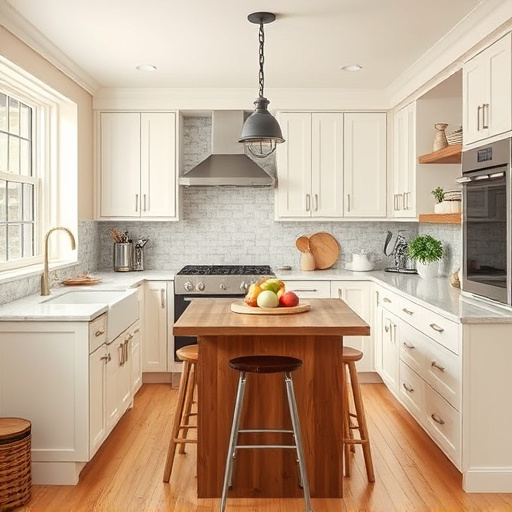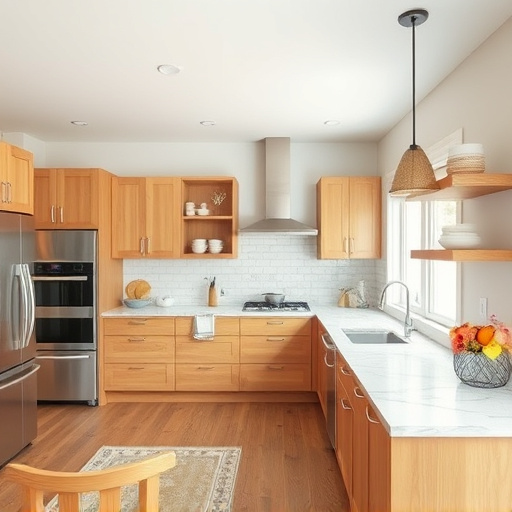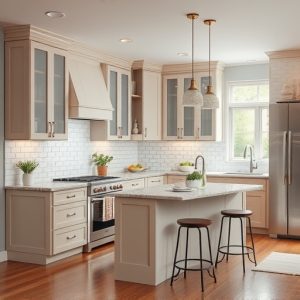Planning kitchen renovations requires assessing plumbing infrastructure, including pipe sizes, fixtures, and appliances, to ensure compatibility with new installations. Older kitchens may need substantial updates for modern standards, high-efficiency appliances, and water-efficient fixtures. Close attention to pipe capacity, drainage systems, and pressure regulation prevents delays, additional costs, and leaks, ensuring a smoothly updated kitchen.
Upgrading your kitchen with new appliances and fixtures? Plumbing updates are often overlooked but crucial for a seamless transformation. This guide explores how to navigate kitchen renovations, focusing on understanding your existing plumbing infrastructure and integrating modern additions effectively. From assessing water supply lines to selecting compatible fixtures, learn how to plan for necessary modifications, ensuring your renovation is both functional and efficient.
Assessing Your Kitchen's Plumbing Infrastructure

When considering kitchen renovations, assessing your plumbing infrastructure is a crucial step. This involves evaluating the current state of pipes, fixtures, and appliances to ensure they can support new installations. Older kitchens may require significant updates to meet modern standards, especially when integrating high-efficiency appliances or stylish, water-efficient fixtures.
During this assessment, pay close attention to pipe sizes and layouts. Insufficient piping capacity for new appliances can lead to installation delays and additional costs. Additionally, check for adequate drainage systems and pressure regulation to prevent leaks and ensure smooth operation of your newly updated kitchen.
– Understanding the current plumbing setup

